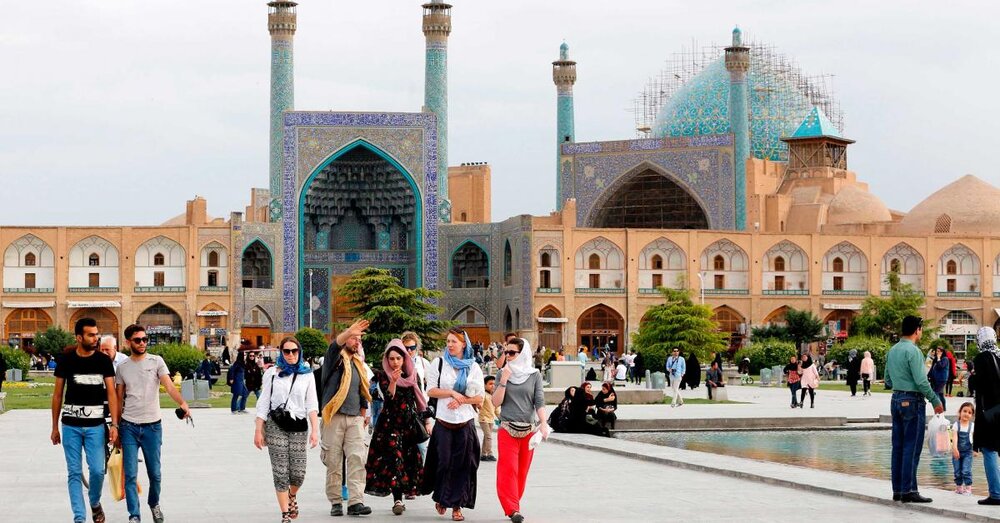Iran to lose January tourism high season, expert says

TEHRAN –Iran is likely to lose the high season of travel in January, the Head of the Iranian Tour Operators has said.
Since many incoming tours have been canceled due to negative and false news about Iran published in the international media, the country will lose the high travel season in January, Ebrahim Pourfaraj said on Wednesday.
Iran is currently not only being avoided by tourists from several European countries but also by Chinese and Russian tourists, the expert added.
At the moment, there are no incoming tours, and the upcoming months have no reservations, based on current conditions, he noted.
Earlier this week, Pourfaraj announced that tourism in Iran had entered a fourth consecutive year of recession.
Despite efforts to revive tourism, Iran is still experiencing a recession in tourism, he added.
Since the Iranian year of 1398, the country’s tourism suffered from various upheavals including the U.S. sanctions aimed to cripple Iran’s economy, flash floods in March 2019, the assassination of General Qassem Soleimani, the [mistakenly] downing of a Ukrainian jetliner, and ultimately the coronavirus pandemic, he explained.
Iran’s tourism situation was predicted to improve by 2023, but after recent unrest in the country and the subsequent warnings to banning travel to Iran by several European countries, tourism once again slipped into a recession, he noted.
Iran’s presence in international spaces and a serious commitment to foreign exhibitions are two factors in getting out of this recession, he mentioned.
Last November, the expert said that the restoration of tourism flow to the country is very important for Iranian tour operators and travel insiders.
Furthermore, Pourfaraj said that the Islamic Republic must rebuild trust in the global tourism market, referring to the high levels of health security and vaccination that the country has achieved against the coronavirus.
He said some of his colleagues have commenced talks in various tourism fields with target markets in China, Japan, Russia, and some European countries.
As mentioned by Pourfaraj, Iran has done its best to maintain contact with global tourism markets and companies that worked with Iran in the past, especially since virtual communication and meetings have thrived.
Long shunned by Western travelers, the Islamic Republic has steadily stepped-up efforts to use tourism, over the past couple of years, to help promote its international image battered by endless opposition mostly from the U.S.
Experts believe even before the pandemic, Iran’s tourism was already grappling with some challenges, on top of those Western “media propaganda” aimed at scaring potential travelers away from the Islamic Republic. They say Iran is still somehow “unknown” to many potential travelers due to such a “media war.”
Before the COVID pandemic, Iran's tourism had constantly been growing, reaching more than eight million visitors in the Iranian calendar year 1398 (started March 21, 2019). That surge, however, helped prejudices to become thick and thin.
However, Iran’s trump card is that the country benefits from a wide variety of travel destinations ranging from seacoasts and lush green woods to towering mountains and harsh deserts. As a wallet-friendly destination with hospitable people, Iran has long been a desired destination for nature lovers, birdwatchers, powder chasers, culture devotees, pilgrims, museum-goers, foodies, adventurers, and medical travelers, to name a few.
Mass COVID-19 vaccinations, consecutive fam tours for foreign tour operators, easing travel procedures, and fresh strategies, altogether, suggest Iran is determined to experience a tourism rebound with a greater reliance on its numerous tourist spots of which 26 are UNESCO World Heritage, above all, its welcoming people.
ABU/AM
Leave a Comment